This southern fried chicken is made without buttermilk and the recipe hails from the deep south!
It has a perfect flaky golden crust, tender juicy meat, and couldn’t be easier to make. In fact, the recipe is so simple that when I first was given it by a Georgia native, I was a little bit skeptical.
I was glad to see that there was no buttermilk but only salt and for seasoning?
So, I decided to make two batches. One with a mix of seasoning and one that held true to the original recipe.
In both cases every bite was juicy and the crust was crispy, but I was surprised to find that I liked the original recipe better. This version was even more delicious warmed up too.
Now this is my favorite southern fried chicken recipe! I’d like to give a huge thank you to Tim Parker for this recipe!
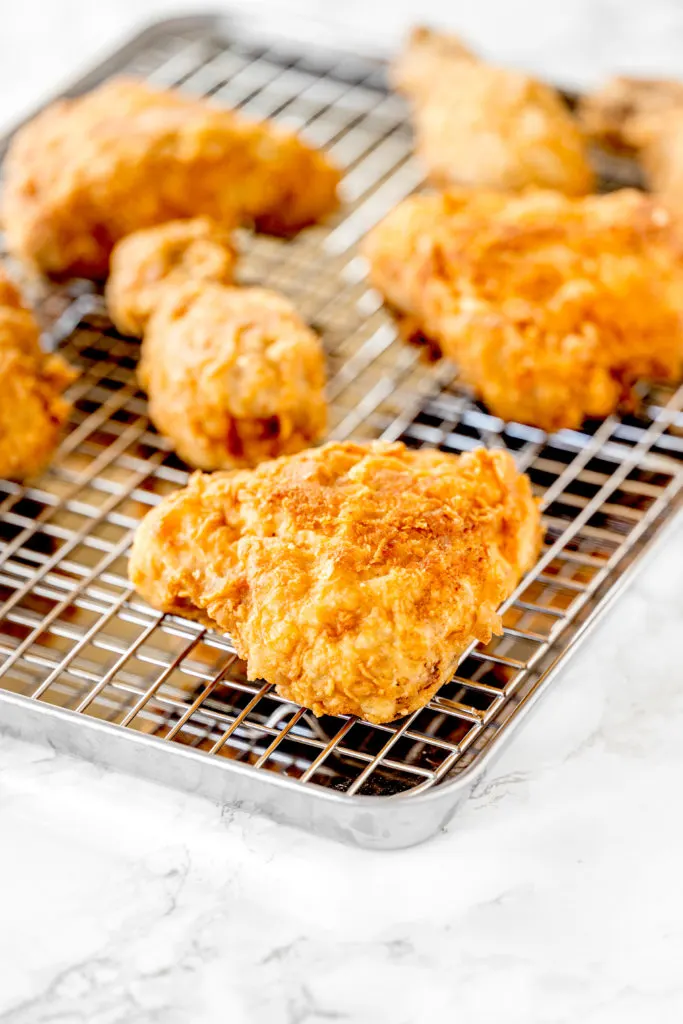
At least as important as the seasoning is double dredging the chicken. Do not skip this step.
The second layer keeps the chicken from overcooking and incredibly juicy when you bite into it.
Southern Fried Chicken is traditionally made in a cast iron skillet, but if you don't have cast iron, that's fine. I've used other frying pans to make this recipe and they worked just fine.
If you like this recipe, you may also like my Southern Fried Chicken Wings and Cornflake Fried Chicken.
I was given a Maryland Fried Chicken recipe from a reader and it is also delicious! It is fried chicken with country gravy poured over it similar to Chicken fried Chicken and Chicken fried Steak without Buttermilk.
If you're looking for a snack, Fried Chicken Strips without Buttermilk are a fun treat.
History of Southern Fried Chicken
Like many Southern foods, fried chicken can trace its origins to the Scots-Irish and West Africans.
Unlike the English who baked or boiled their chicken, the Scottish chose to pan-fry their chicken for better flavor.
When introduced to the American South, it became a staple. However, like traditional Scottish cuisine, it was not seasoned.
When West-Africans were brought to the American South and put to work in the kitchen, they began seasoning the chicken, enriching the flavor.
Soon, fried chicken became a way for these women to earn money on the side.
However, for their own community, due to cost, fried chicken was reserved for special occasions as it had been in Africa.
In fact, for some, fried chicken is still among the top choices for "Sunday dinner” as well as holidays and other gatherings.
Before refrigeration, fried chicken remained popular in the Black communities because it traveled well in hot weather and they had limited access to restaurants.
Over the generations though, fried chicken became known as a general Southern dish as it is today.
Personally, I think mildly seasoned fried chicken Southern Food and more seasoned fried chicken as Soul Food.
How to Season like KFC
In 2022 the Chicago Tribune published an article of an interview done with Colonel Sanders's nephew who happened to still have the original recipe.
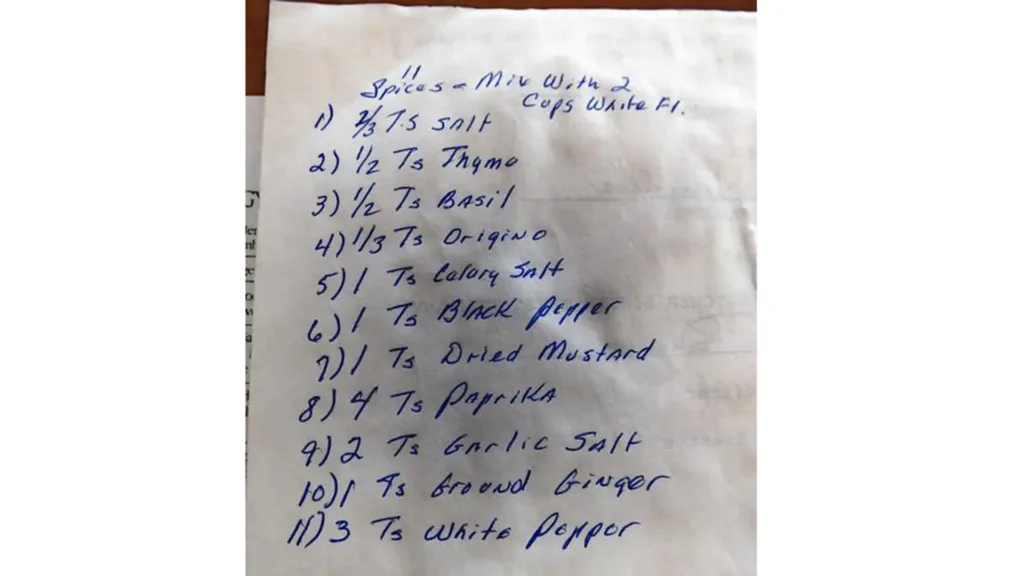
To make a dairy free Kentucky Fried Chicken use:
- 2 whole chickens cut into pieces
- 4 eggs
- 2 cups flour
- ⅔ teaspoon salt
- ½ teaspoon thyme
- ½ teaspoon basil
- ⅓ teaspoon origino
- 1 teaspoon celery salt
- 1 teaspoon black pepper
- 1 teaspoon dried mustard
- 4 teaspoons paprika
- 2 teaspoons garlic salt
- 1 teaspoon ground ginger
- 3 teaspoons (1 tablespoon) white pepper
- Preheat to 325°F (you may need to turn down the heat to 300°F if you notice the skin is getting dark too quickly).
- Place the flour half of the flour mixture in a bag.
- Dip each piece in egg, let the excess drip off, and then place the piece of chicken in the bag and shake.
- Fry several pieces of chicken at a time. Depending on the size of the chicken, dark meat can take about 12-14 minutes and white meat takes 8-10 minutes. If you use a thermometer, the internal temperature reaches 165°F.
- Repeat until all of the pieces are cooked.
How to serve fried chicken
Serve it with a side of mashed potatoes and gravy, cornbread and green beans, corn, coleslaw, or collard greens for a good old southern meal.
Fried chicken is commonly eaten with mashed potatoes and gravy or country gravy.
Another common sides is biscuits, like my buttermilk biscuits without buttermilk.
Cornbread is also a popular side for fried chicken. Cornbread muffins and cornbread without buttermilk are delicious options.
As for veggies: green beans, black eyed peas, okra, corn, collared greens, or coleslaw are all eaten alongside fried chicken.
Do you need buttermilk for fried chicken?
Buttermilk is not necessary for making fried chicken. You can make fried chicken without buttermilk or by using a buttermilk substitute such as dairy free buttermilk.
You can make your own dairy free buttermilk by making buttermilk from almond milk and buttermilk from oat milk.
Why do people use buttermilk in chicken?
People use buttermilk when making chicken for two reasons.
First, the acidity in buttermilk makes it a tenderizer when used in marinades. Second, it can add flavor.
For buttermilk to tenderize, the chicken needs to marinate chicken anywhere from 2 hours up to 24 hours. So, buttermilk is not used as a tenderizer when making fried chicken.
WHAT IS BUTTERMILK?
Buttermilk was originally the liquid left behind after churning butter out of cultured cream.
Traditionally, the milk was left to sit to allow the cream and milk to separate. During this time, naturally occurring lactic acid bacteria fermented the milk and turned it into buttermilk, making it tangier and thicker than regular milk.
However, modern buttermilk is made by adding lactic acid bacteria to milk to ferment it.
The acid in the buttermilk is used to tenderize the chicken and adds a slightly tangy flavor.
How to make fried chicken without buttermilk
You can use eggs instead of buttermilk for making fried chicken, like this recipe does.
Or, if you want to add the buttermilk flavor, you may like my dairy free buttermilk fried chicken.
Is fried chicken dairy free?
Usually fried chicken is not dairy free. It is often made using buttermilk or regular milk - both of which are dairy products.
However, you don't have to use buttermilk or milk for fried chicken. This recipe comes from the Deep South and is dairy free because it does not use any dairy products.
Buttermilk substitute for fried chicken
I like to substitute buttermilk with eggs to make fried chicken without buttermilk. However, you can also make a dairy free buttermilk to make a dairy free fried chicken.
Is Fried Chicken Kosher?
Most fried chicken is not kosher, because the chicken itself needs to be kosher, it cannot be made with any dairy products, and the cooking oil as well as the pan need to be kosher as well.
It is easy to make kosher fried chicken though and in my opinion this recipe makes the best kosher fried chicken.
Extra Crispy Fried Chicken
If you want your fried chicken extra crispy, you can make the crispiest fried chicken by replace half the flour with cornstarch.
While cornstarch is primarily used as a thickening ingredient, but it’s also the secret ingredient for getting crispy coatings.
When paired with all-purpose flour, cornstarch helps prevent gluten development, which makes the flour coating crispier.
Korean and Japanese fried chicken tend to use solely cornstarch or potato starch.
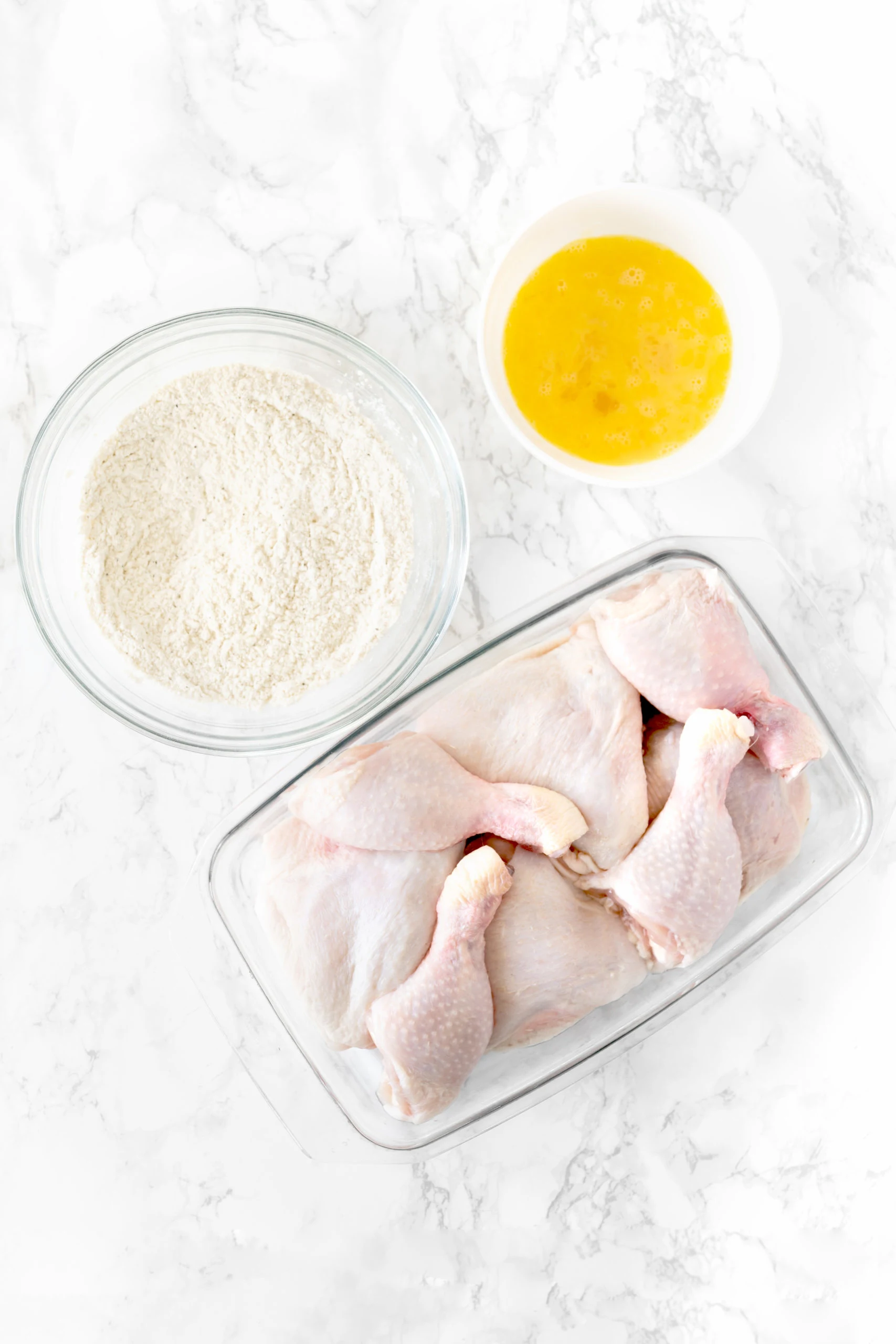
How to Dredge Chicken
Double Handed
Use one hand to dip the chicken in the egg and the other to roll it in flour. By using both hands, you avoid getting thick layers of batter on your fingers which will pull off the flour from the chicken, leaving balled spots.
If you start to notice one of your hands getting a little tick with flour, press your hands together and rub it over the flour bowl.
The little bits of flour that fall off into the bowl add texture to the chicken.
Bag Technique
Place the flour in a bag. For the first layer, you can throw in a bunch of pieces together. Then, shake them off, and dip each piece in egg one by one.
Next, let the excess egg drip off and then re-coat with flour one at a time in the bag. Shake off any excess flour and fry.
A Word on Oil
When frying chicken, the temperature of the oil is important. If it's too cold, the chicken will be oily. On the other hand, if the oil is too hot, the crust will fall off.
When using a cooking thermometer, the oil should be about 350°F or 175°C to 375°F or 190°C degrees.
If you don't have a thermometer: when the oil seems hot, drop a little flour into the oil. If the flour sizzles and floats on the top, it's hot enough.
To make sure it's not too hot, keep it around medium-low and adjust as needed.
Gluten Free Option
For a gluten-free alternative, use cornstarch or potato starch instead of flour. They both fry very nicely.
IS KOSHER CHICKEN BETTER?
Kosher animals are kept in better conditions than non-kosher animals due to strict kosher health requirements of the animals.
Also, the salting process used as part of the process of making meat kosher is similar to dry brining, and therefore produces a better quality meat.
While I’ve only eaten kosher meat so I cannot compare, I’ve been told by non-Jews who do not keep kosher that they’ve noticed that kosher chicken is of superior quality to cook with.
SHOULD YOU WASH CHICKEN?
According to the USDA, you should not wash meat or poultry, since water can splash bacteria up to 3 feet surrounding your sink.
A study done by Drexel University shows that it is best to move meat and poultry directly from package to pan. The heat from cooking will get rid of any bacteria that may be present.
HOW CAN I CLEAN MY CHICKEN WITHOUT WASHING IT?
If you want to clean your chicken without washing it, wipe it down with a wet paper towel.
Just make sure the paper towel doesn't touch anything else and to toss the paper towel right away.
HOW TO DEFROST CHICKEN
IN THE FRIDGE
Defrosting chicken in the fridge is the most highly recommended.
To do this, place the frozen chicken in a pan and let it thaw. Oftentimes, when chicken thaws, it releases liquids that can leak onto your fridge, so the pan is really helpful.
Chicken typically takes a full day to thaw. Once thawed, it can remain in the refrigerator for a day or two before cooking.
IN COLD WATER
Defrosting chicken in water should take two to three hours.
Submerge your sealed chicken in a pot or bowl full of cold water. Change out the water every 30 minutes or so.
Do not hot use water because it can start cooking your chicken.
Can you cook FROZEN chicken?
According to the USDA, you can cook frozen chicken. It will take 50% longer to cook, but it’s an option.
You should also cook it on a roasting rack or over vegetables so that the heat can circulate around the chicken.
CAN YOU REFREEZE RAW CHICKEN?
According to the USDA, “food thawed in the refrigerator is safe to refreeze without cooking.” However, you do lose quality when refreezing previously defrosted meat.
Every time you defrost meat, it loses moisture as it thaws, which also leads to a loss in flavor. To compensate for this, marinate the chicken to add more flavor and juice.
The USDA also says not to “refreeze any foods left outside the refrigerator longer than 2 hours; 1 hour in temperatures above 90°F.”
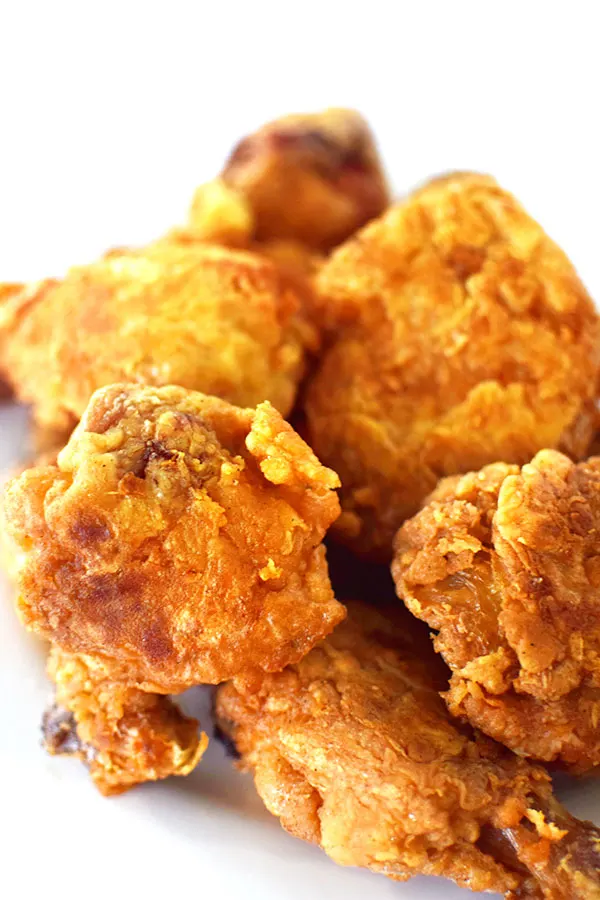
SHOULD YOU BRINE?
Brining actually doesn’t do anything to help poultry. In fact, it makes it soggy rather than juicy, with watered-down flavor.
Aromatic brines and stock don’t help with flavor either. This is because the salt pulls water molecules in, leaving most of the flavor behind.
DRY BRINING
A dry brine, on the other hand, loosens up muscle fibers, allowing them to retain more moisture without adding any excess liquid.
Initially, the salt draws moisture out, then it dissolves in this liquid, creating a concentrated brine, which eventually gets reabsorbed. This leads to more intensely flavored results.
An added benefit is that it also requires less space and mess than a water brine. Not to mention the fact that it allows for crispier skin.
CAN YOU DRY BRINE KOSHER chicken?
Food experts are often under the impression that kosher meat and poultry cannot be brined and dry brined.
This is because of the koshering process, which involves salting the meat. However, the process is not nearly as long as the dry brining process, and unlike a dry brine, the poultry is soaked to remove the salt.
So, since the process is different than a dry brine, it is fine and even recommended to dry brine kosher poultry and meat.
How do you dry brine chicken?
Begin by patting the chicken with paper towels. This will help the salt adhere to the chicken.
Grab pinches of kosher salt and sprinkle it over the chicken until the chicken is generously salted and evenly coated.
Place the dry-brined chicken on a rack or a plate and refrigerate it. Refrigerate chicken pieces for at least 1 hour, skinless pieces for 30 minutes to 1 hour or up to about 12 hours, and a whole chicken for 8-24 hours.
Once the waiting period is up, there is no need to rinse off the chicken. Just cook it as usual.
Fried chicken breast without buttermilk
To make fried chicken breasts without buttermilk, follow this recipe but use two and a half chicken breasts instead of one whole chicken.
If you leave the pieces whole, they'll take 10-14 minutes to cook per side. Bone in chicken can take longer to cook.
Fried chicken thighs without buttermilk
To make fried chicken thighs without buttermilk, follow this recipe but use seven chicken thighs instead of one whole chicken. Cook for 7 to 8 minutes per side.
Fried chicken drumsticks without buttermilk
To make fried chicken drumsticks without buttermilk, follow this recipe but use about fourteen chicken drumsticks instead of one whole chicken. Cook for 7 to 10 minutes per side.
Troubleshooting
The most likely thing to go wrong with your fried chicken is that it comes out not fully cooked on the inside. This happens when you fry it at too high of a temperature.
This could also happen if you decide to triple dredge them instead of the instructed two dredge method. The reason for this is because you now have one more layer for the heat to try to get through.
If this happens, finish cooking the chicken in the oven at 350°F or 175°C. The time will depend on how under-cooked it is and let it finish.
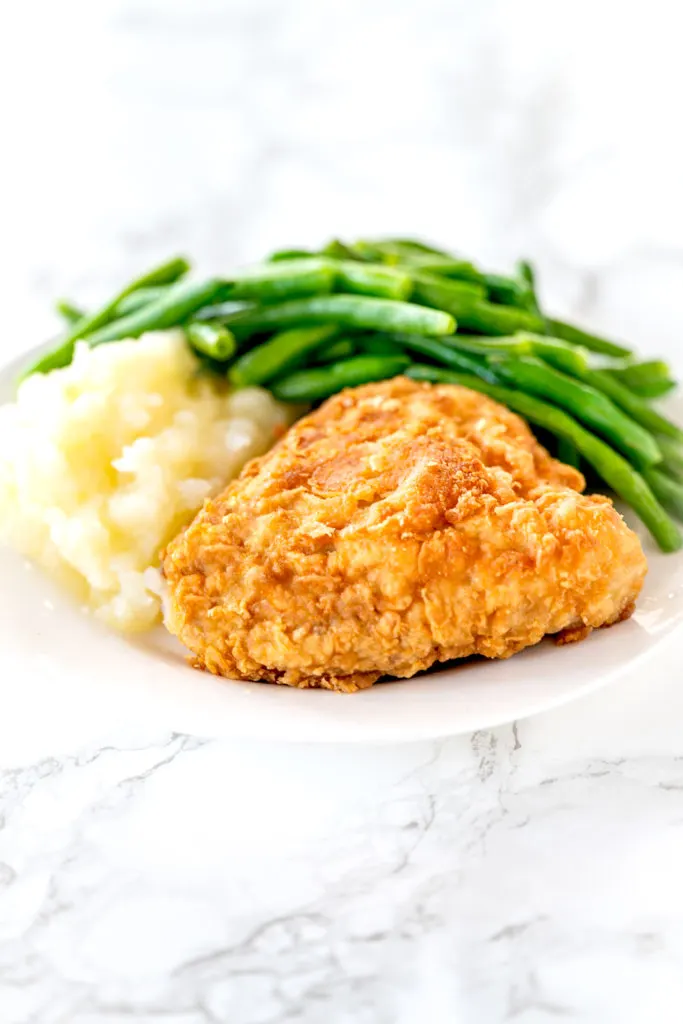
COOKING TIP
Scissor tongs are the best way I've found for turning over the chicken and for removing it from the pan. They give you a lot of control and they're less likely to crack the crust.
Fried Chicken SNAFU
I once coated all the pieces of chicken before frying them instead of putting each piece to cook immediately after coating like I have in the instructions.
The coating came out thin and crispy. It also was more prone to cracking and falling off.
Can you make fried chicken ahead of time?
Yes, you can make fried chicken up to 4 days ahead of time. Then, simply reheat shortly before you're ready to eat it.
HOW TO STORE Fried Chicken
Place cooled fried chicken in an airtight container or wrap in heavy-duty aluminum foil or plastic wrap. Store in the fridge for up to 4 days.
HOW TO FREEZE Fried Chicken
Freeze fried chicken within 3-4 days of it being made. Place cooled chicken in an airtight container or resealable freezer bag.
Freeze for up to 4 months. After that, it is still safe to eat, but the quality begins to degrade.
HOW TO REHEAT Fried Chicken
For best results, heat fried chicken in the oven or easy fryer. The fryer gives the best results, but it is also more likely to break the crust exterior.
Fried Chicken without Buttermilk
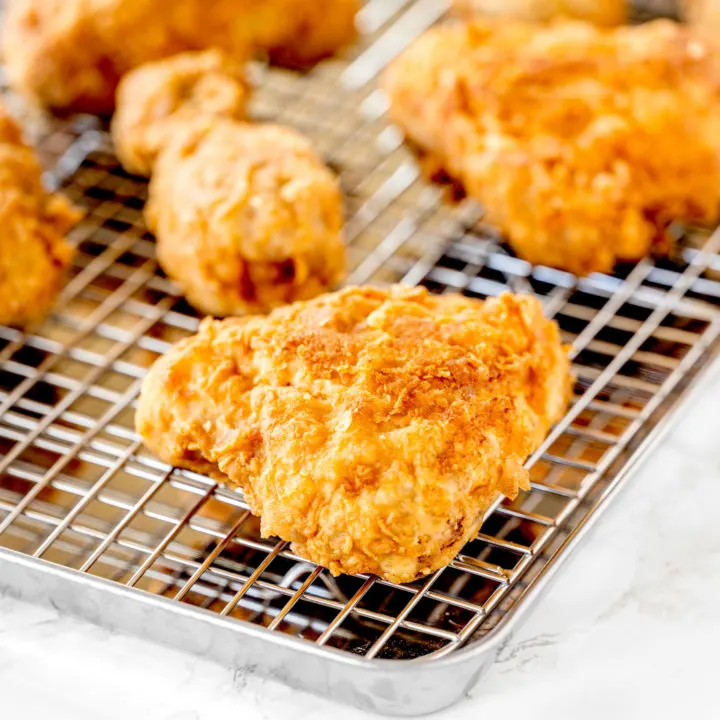
This dairy free southern fried chicken is made without buttermilk comes to you all the way from the Deep South. It doesn't call for buttermilk or lard, making it a tiny bit healthier, if you can ever call Southern Fried Chicken healthy...
Ingredients
- 4 leg quarters, divided into thighs and drumsticks
- 1 ½ cup all-purpose flour (180 grams)
- 1 ½ tablespoon salt
- 3 eggs
- Oil
Instructions
- In a mixing bowl, whisk together the flour and salt. In a separate bowl, beat the eggs.
- Fill a deep skillet with 1 inch of oil and heat. You know the oil is ready when you throw some flour into it and it sizzles or when it reaches 350°F or 175°C.
- Take a piece of chicken and dredge it in the flour mixture. Shake off excess flour and dip the piece of chicken in the egg. Let the egg drip off, coat one more time in flour, and then place the piece in the skillet for frying. Fry the chicken in batches to avoid crowding.
- Lower the flame to medium or medium-high. Fry for about 15-18 minutes, turning over each piece about half way through. Fry until golden brown.
- Remove and place on a cooling rack and let sit for 5 minutes before serving.
Notes
This recipe used to include ½ a teaspoon of pepper but I think it tastes better without it so I removed it. Feel free to add whatever seasoning you enjoy.
Recommended Products
Some of the links below are affiliate links, which means that if you choose to make a purchase, I will earn a small commission. This commission comes at no additional cost to you.
Nutrition Information:
Yield:
4Serving Size:
1Amount Per Serving: Calories: 699Total Fat: 27gSaturated Fat: 8gTrans Fat: 0gUnsaturated Fat: 16gCholesterol: 467mgSodium: 2686mgCarbohydrates: 36gFiber: 1gSugar: 0gProtein: 72g
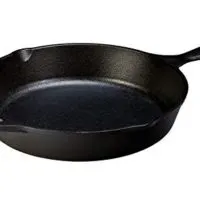
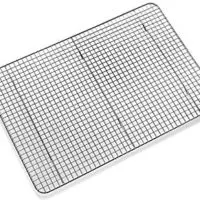
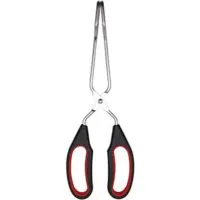
Jane
Wednesday 25th of December 2024
Thank you for this! and especially for all the tips. This was my first attempt at making proper southern fried chicken and I forgot about the buttermilk (also, I'm not really interested in marinating ahead of time.) I had a hard time with the oil temperature - my gas stove is very old and a bit irregular. The oil temperature went WAY down when I put the chicken in - it's possible I crowded the pan a bit. But I turned the pieces a few times until I was happy with the color, checked the internal temp and they turned out pretty good for a first try.
The double dredge worked like a charm, and I didn't add seasoning apart from the salt. The flavor is really good. (I salted mine a bit.)
ElissaBeth
Wednesday 1st of January 2025
I’m so glad to hear it! ❤️
Wednesday 17th of July 2024
I appreciate the minimalism of this recipe as it makes it easier to season to taste.
ElissaBeth
Wednesday 17th of July 2024
I'm really glad you feel that way :)
Sunday 14th of July 2024
What in the name of unseasoned chicken! Only salt for seasoning?
Jane
Wednesday 25th of December 2024
mine turned out pretty good sans seasoning. I think that's how popeye's does it, and I am addicted to their chicken.
ElissaBeth
Tuesday 16th of July 2024
As I describe in the post, I tried it with seasoning and found that just salt tasted best. You of course can feel free to season it however you'd like :)
Lisa
Monday 29th of April 2024
This recipe is fantastic!! We will be using it forever! Thank you, ElissaBeth!
ElissaBeth
Tuesday 30th of April 2024
I'm so glad to hear it! :)
Jodi
Friday 15th of September 2023
Can this be fried in a fryer (not air) instead of a skillet? If so, would you recommend different cooking times, etc. Also, with kosher chicken, like Empire, the breast are HUGE. How should you compensate for cooking time as well? Thanks
ElissaBeth
Tuesday 3rd of October 2023
Honestly, I've tried making fried chicken in the air frier and so far I've not had much luck... :(